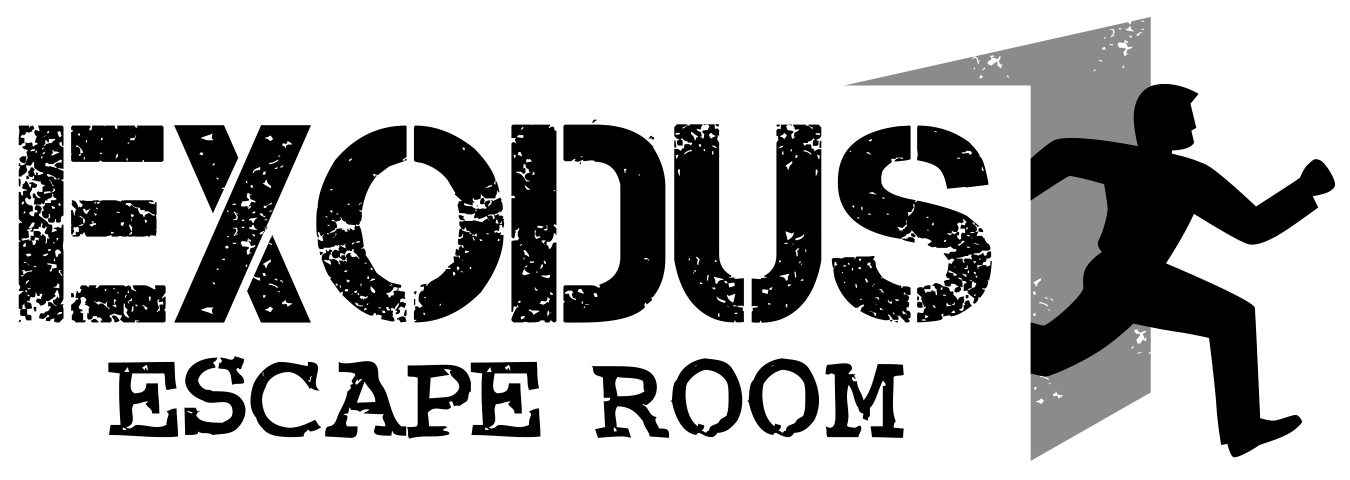
Photo Credit: Sofi photo/Shutterstock.com
The decision making process is a key part of problem solving. Critical thinking is one of the basic decision making and problem solving techniques. Critical thinking is the practice of gathering, analyzing, and evaluating information in a methodical manner. Essentially, this is a process for thinking clearly through several options and arriving at the best choice.
The ultimate goal of decision making is to arrive at actionable conclusions, and critical thinking is the process that proves whether the conclusion is sound.
The Critical Thinking Process Involves 5 Steps
1, Identification – Identify the problem and define it accurately.
2. The Solution – Propose a potential solution.
3. Exploration – Create a potential action plan that results in the evaluation of the potential solution.
4. Action – Take the essential steps to complete and implement the action plan.
5. Reevaluate – Review the action plan to determine if it solved the identified problem.
As easy as this process appears to be, its underlying concepts that make critical thinking successful are not understood. Critical thinking is based on four key elements or concepts:
LOGIC – Logic comes into play in discerning direct relationships between causes and effects. Logic is one of the most important skills to have when making decisions because logic enables accurate predictions to be made about the effects of potential solutions on people and systems.
TRUTH – For critical thinking purposes, truth is unbiased data about an event. Unemotional and unbiased facts are an essential part of the critical thinking process as it is used for problem solving. Critical thinking sorts out biases and focuses on documented data that will lend credence to the final conclusion.
CONTEXT – Creating a list of the effects of the final solution means considering the historical impacts of similar solutions. This list should also include extenuating pressures and factors that will or could be impacted by the final solution. Outside elements must be considered; solving one problem but creating other problems is not useful.
ALTERNATIVES – This means looking at potential solutions not currently being used. Critical thinking requires the consideration of new ways of approaching problems that meet current real-world objectives that are based on unbiased and accurate data.
However, the critical thinking process also depends on asking the right critical thinking questions. We can call this step critical questioning. It provides the ability to distinguish biases from facts, observers from stakeholders, and potential solutions from solutions. The importance of appropriate questions in reaching an actionable answer cannot be minimized. A question to open the discussion about critical questions is what does an appropriate question look like? The simple answer is an appropriate question will provide an actionable answer meaning one that will provide additional, helpful information. The next question is how is such a question formulated?
Here are some key points to consider when formulating a critical question:
>A good question is designed to solicit specific information. It must be stated concisely and with a direct meaning.
> Frame the question properly. A question with a clearly stated purpose must be framed correctly to be sure that the person to whom the question is directed understands the specifics question is seeking.
> Use open instead of closed questions. An open question cannot be answered by a yes or a no; it requires elaboration.
> Consider follow-up questions. The answer to your question may indicate that more questions are required to get the information you need.


Leave a Reply